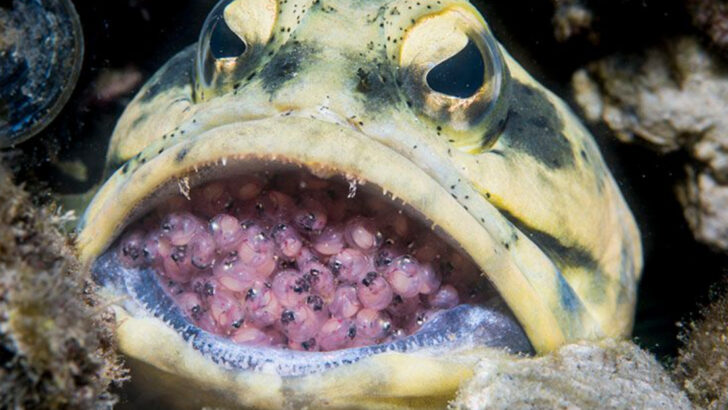Catfish don’t care about your opinion—and they’re cooler than you realize.
They breathe through their skin.
They can walk on land.
Some are electric. Others are venomous.
And no, this isn’t science fiction—it’s just a regular day in the world of catfish.
These underwater oddballs come in over 3,000 varieties, from tiny whiskered cuties to river monsters longer than your couch.
They’ve adapted to live in places that would make other fish tap out instantly.
Muddy water? No problem.
Oxygen-starved swamp? Bring it on.
People often think of catfish as bottom-feeders or fishing trophies.
But they’re survivors, shapeshifters, and surprisingly clever.
They’ve got quirks that would put any exotic animal to shame.
So before you write them off as just another fish with whiskers, check out these 15 wild facts.
Catfish are full of surprises—and they’ve been swimming under the radar for way too long.
Adaptive Whiskers
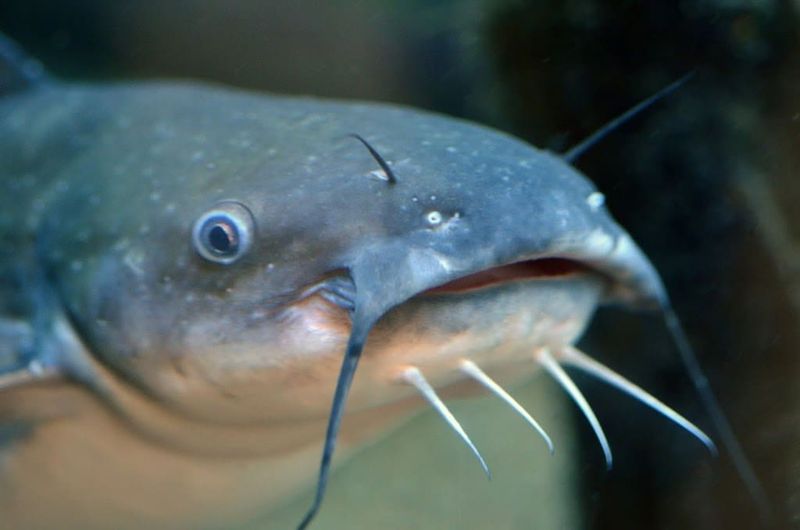
Catfish whiskers, or barbels, are not just for show. These sensitive organs help them navigate murky waters by detecting vibrations and chemicals. This adaptation is crucial for survival. Catfish use their whiskers to locate prey and avoid predators. Imagine being able to taste and feel your way through the dark! Their whiskers are like a sixth sense, giving them an edge in challenging environments. This sensory advantage is something many animals lack, making catfish truly special. Their whiskers can even sense electromagnetic fields, a testament to their incredible evolution.
Master Survivors
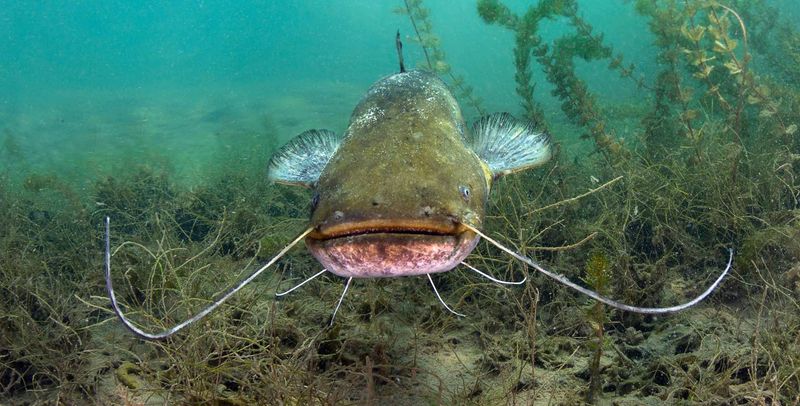
Catfish can survive in harsh conditions where others cannot. They are masters of adaptation, thriving in environments with low oxygen levels, high acidity, and extreme temperatures. Their ability to breathe through their skin allows them to live in water that would be uninhabitable for most fish. This trait makes them resilient survivors. During dry spells, some catfish can even bury themselves in mud and wait for rain. Their survival instincts are remarkable, highlighting their evolutionary success. These adaptations demonstrate the catfish’s tenacity and resourcefulness, making them impressive creatures indeed.
Diverse Species
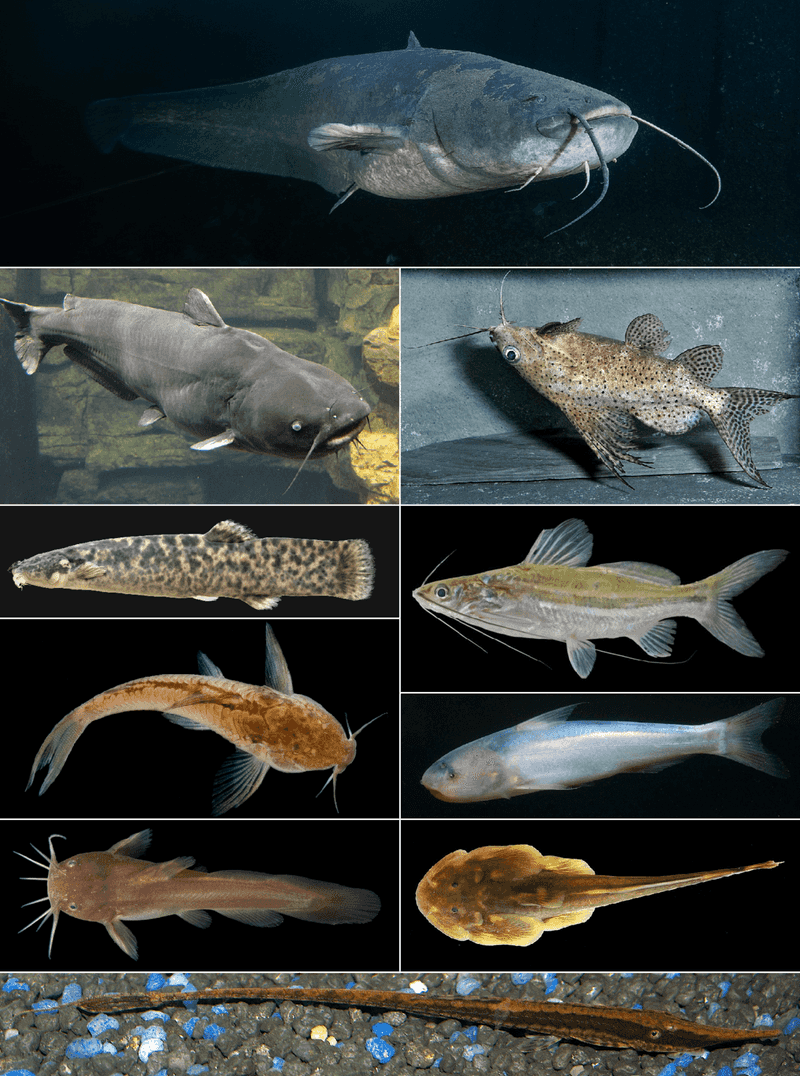
With over 3,000 species, catfish are among the most diverse fish families. Found in various habitats worldwide, from freshwater rivers to saltwater environments, they exhibit an incredible range of shapes and sizes. This diversity allows them to occupy different ecological niches, showcasing their adaptability. Some species are tiny, while others grow to impressive lengths. This variety is particularly impressive in the animal kingdom. The wide range of catfish species highlights their evolutionary success and ability to thrive in different conditions. Their adaptability and resilience are truly remarkable.
Ecosystem Engineers
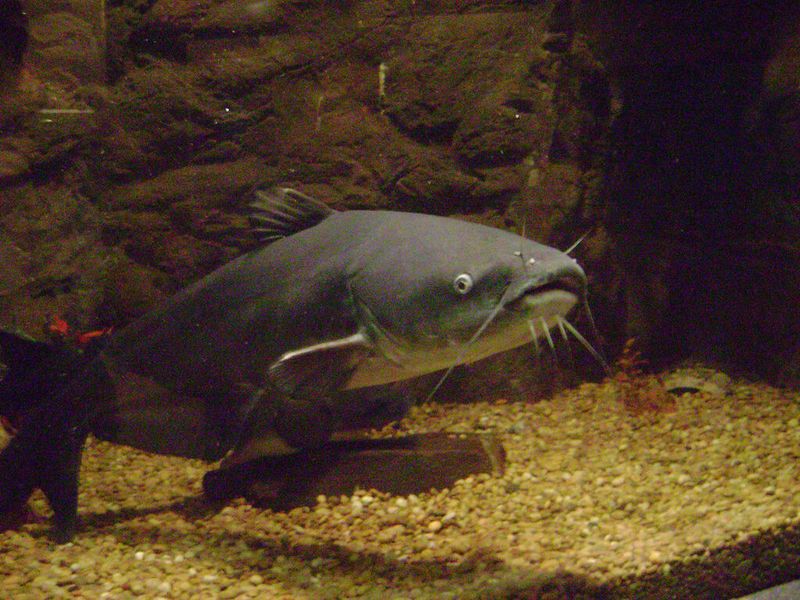
Catfish play a vital role in their ecosystems. By digging in riverbeds and stirring up the sediment, they help maintain the health of aquatic environments. This activity aerates the soil and promotes nutrient cycling. As ecosystem engineers, they contribute to the balance of their habitats. Their feeding habits help control pest populations, benefiting other species. Catfish are more than just passive residents; they actively shape their surroundings. This ecological contribution underscores their importance in maintaining biodiversity. Their role as ecosystem engineers is an often-overlooked aspect of their impressive nature.
Unique Communication
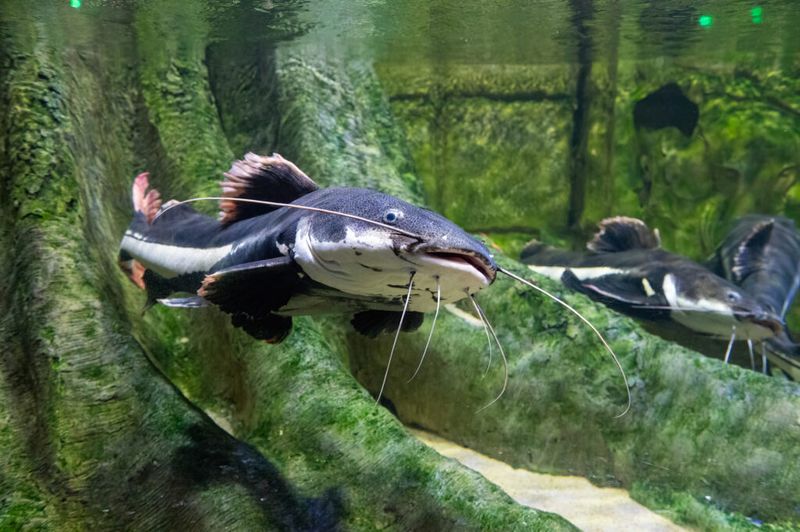
Catfish have a language all their own. They communicate using a variety of methods, including sound production and body movements. This ability helps them coordinate during feeding and avoid danger. Some species produce sounds by rubbing their body parts together, a behavior known as stridulation. This form of communication is essential for their social interactions. These unique communication methods reveal a complex social structure among catfish. Their ability to convey information through various signals showcases their intelligence. It’s a fascinating aspect of their behavior that highlights their uniqueness.
Longevity Champions

Catfish can live for decades, with some species known to reach over 60 years of age. Their longevity is a testament to their adaptability and resilience. This extended lifespan allows them to play a long-term role in their ecosystems, contributing to stability and continuity. Their ability to thrive for so many years demonstrates their successful survival strategies. This longevity is not only impressive but also highlights the importance of their presence in aquatic environments. Their enduring nature makes them fascinating subjects for study and admiration.
Nocturnal Predators
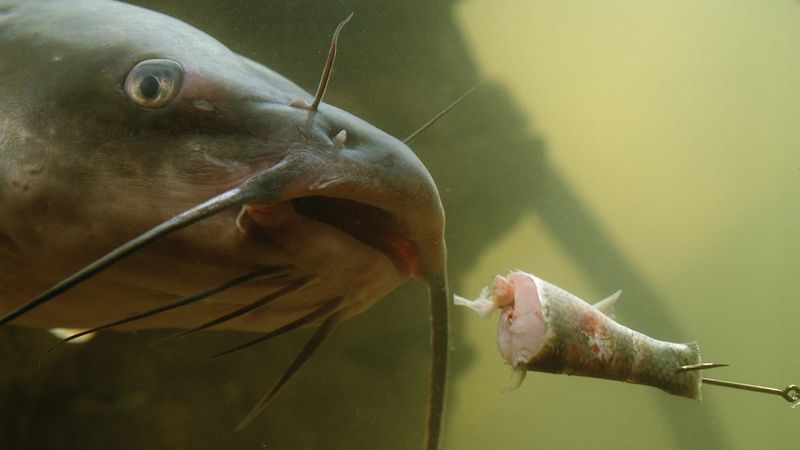
Catfish are primarily nocturnal, using the cover of darkness to hunt. Their night vision is enhanced by their sensitive whiskers and specialized eyes. This ability to navigate and hunt in the dark gives them a distinct advantage. During the night, they become stealthy predators, using their keen senses to track prey. This nocturnal lifestyle also helps them avoid daytime predators. Their adaptability to nighttime hunting highlights their impressive survival skills. It showcases their ability to thrive in challenging conditions, making them formidable creatures of the night.
Efficient Bottom Feeders
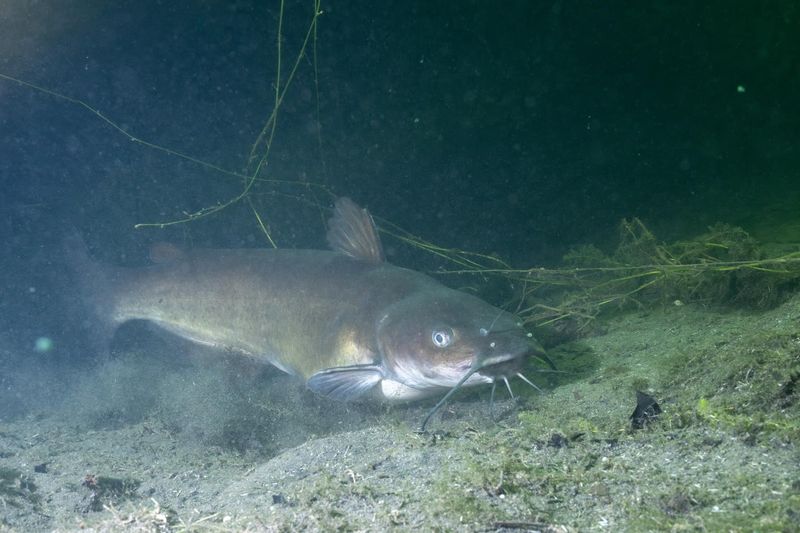
As efficient bottom feeders, catfish play a crucial role in cleaning aquatic environments. They consume detritus, algae, and other organic material, helping to recycle nutrients. This feeding behavior supports the health of their ecosystems. Their bottom-feeding habits prevent the buildup of waste, benefiting other aquatic life. By keeping their habitats clean, catfish contribute to the overall balance of the ecosystem. Their role as efficient cleaners underscores their importance in maintaining water quality. This aspect of their behavior highlights their ecological contributions and makes them essential members of their habitats.
Cultural Significance

Catfish hold cultural significance in many regions, often regarded as a staple food. In Southern cuisine, they are celebrated for their taste and versatility. Their popularity extends to various cultures worldwide, where they are considered delicacies. This cultural importance underscores their value beyond just ecological contributions. Catfish have been depicted in folklore and art, symbolizing abundance and resilience. Their presence in cultural narratives highlights their impact on human societies. This cultural significance adds another layer to their impressive nature, showcasing their influence on traditions and cuisines globally.
Bioluminescent Wonders
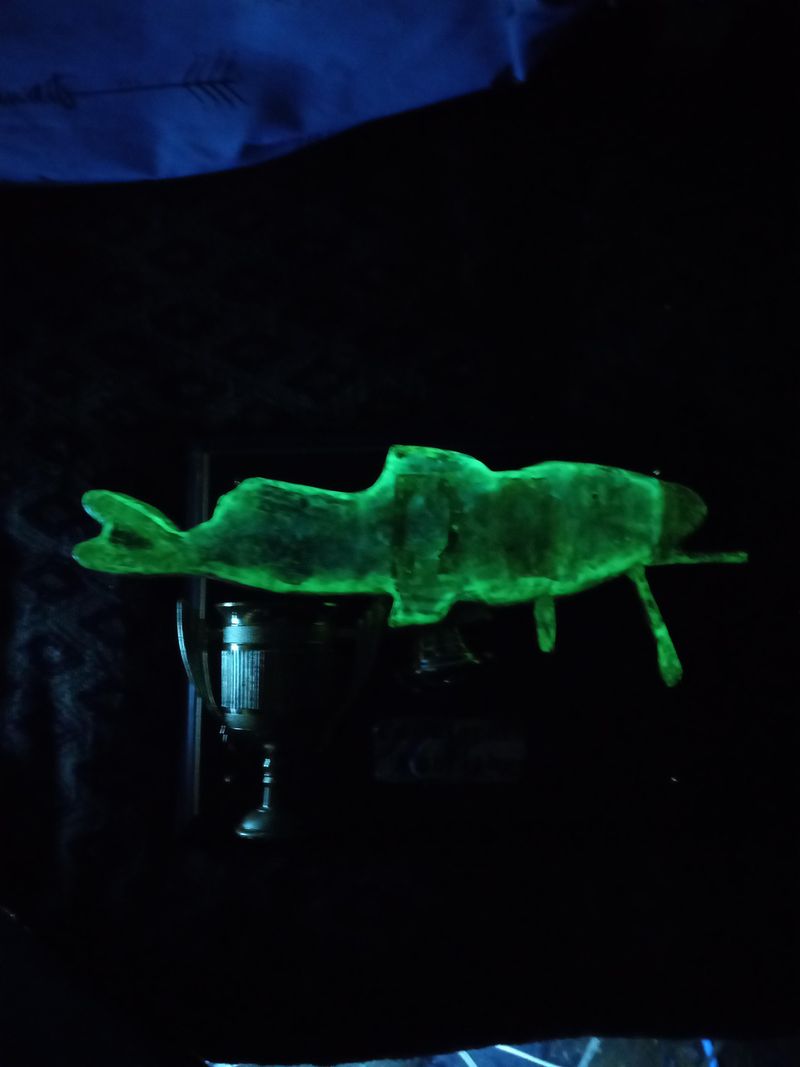
Some catfish species exhibit bioluminescence, creating a mesmerizing glow in the dark. This ability helps them attract prey and communicate with each other. Bioluminescent catfish are like underwater light shows, fascinating observers. This unique trait adds to their allure, making them intriguing subjects for research. The ability to produce light is rare among freshwater fish, highlighting their special adaptation. This bioluminescence is not only visually stunning but also serves practical purposes in the wild. It adds an enchanting aspect to their already impressive repertoire of skills.
Olfactory Expertise
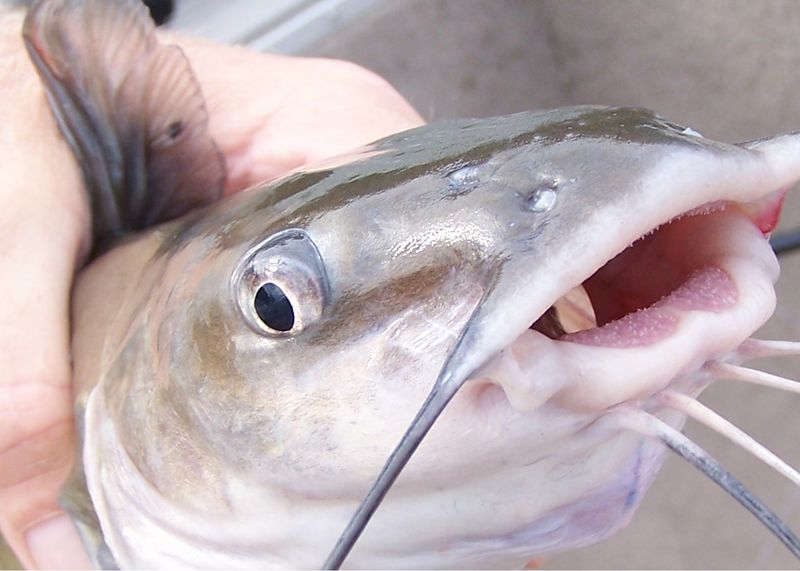
The olfactory sense of catfish is highly developed, allowing them to detect scents from far away. This ability enables them to locate food sources even in turbid waters. Their keen sense of smell is a crucial survival tool. It gives them an edge in finding prey and avoiding threats. This olfactory expertise is a testament to their evolutionary adaptations. It highlights their impressive sensory capabilities. The ability to rely on smell in challenging environments showcases their resilience and adaptability. It’s one of the many reasons catfish are more impressive than they appear.
Intriguing Parental Care
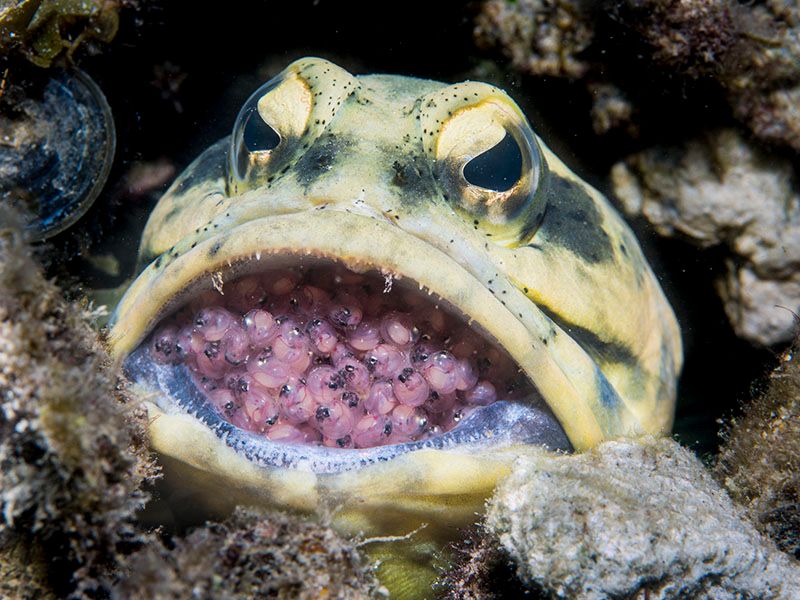
Catfish exhibit intriguing parental care, with some species taking great lengths to protect their young. Certain catfish fathers carry eggs in their mouths, ensuring their safety. This dedication to offspring is a testament to their nurturing behavior. It highlights their role in ensuring the survival of the next generation. This parental care is not common among fish, making catfish stand out in the aquatic world. Their commitment to their young showcases their complex social structure. It’s an endearing aspect of their behavior that adds depth to their impressive nature.
Taste for Adventure
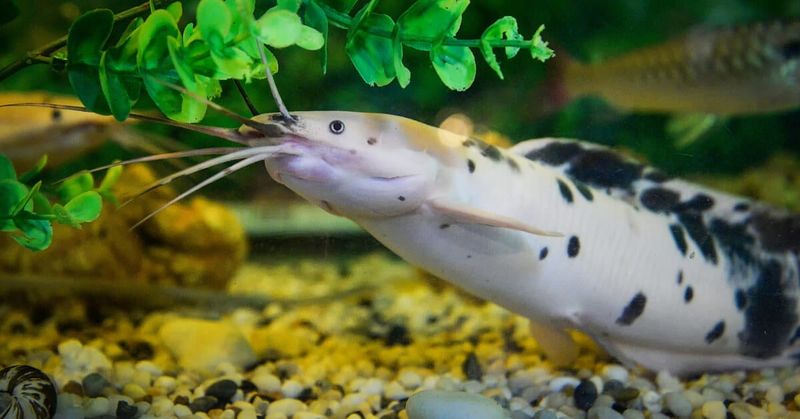
Catfish are known for their adventurous nature, exploring new environments with curiosity. This behavior allows them to find new resources and adapt to changing conditions. Their exploratory nature helps them thrive in various habitats. This taste for adventure is a testament to their adaptability and resilience. It highlights their ability to survive in diverse environments. This aspect of their behavior makes them fascinating subjects for observation. Their curiosity and willingness to explore set them apart from more sedentary species, showcasing their impressive adaptability.
Camouflage Experts
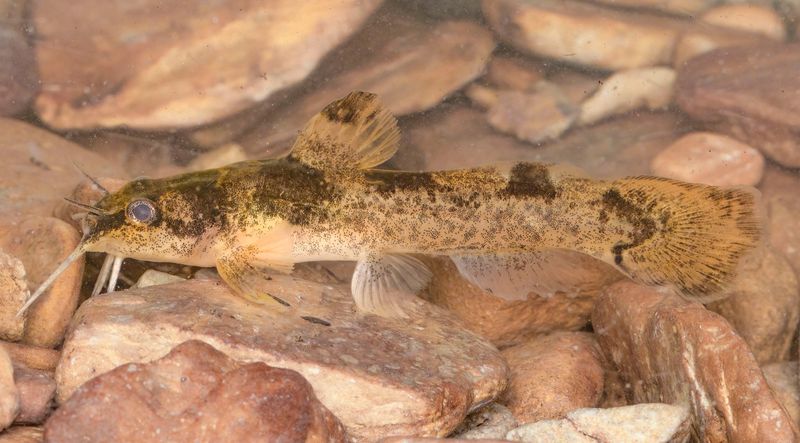
Catfish are masters of camouflage, blending seamlessly into their surroundings. This ability helps them avoid predators and surprise prey. Their skin texture and coloration mimic the environment, making them nearly invisible. This camouflage expertise is a vital survival tool. It highlights their evolutionary success in adapting to their habitats. This skill is particularly impressive, showcasing their ability to thrive in challenging conditions. Their camouflage makes them intriguing subjects for study and observation. It’s one of the many reasons catfish are more impressive than they initially appear.
Electric Sensation
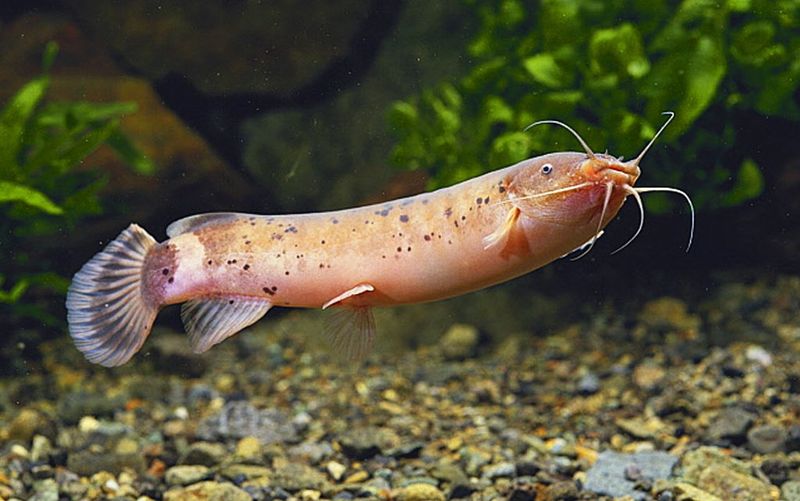
Some catfish species can produce electric signals, using them for navigation and communication. This ability allows them to detect objects and other fish in murky waters. Their electric sensation is a remarkable adaptation. It highlights their capability to thrive in low-visibility environments. This electric communication is unique, setting them apart from other fish. It’s a fascinating aspect of their behavior that showcases their evolutionary success. Their ability to use electricity as a sensory tool adds to their impressive nature. This trait makes them exceptional creatures in the aquatic world.

